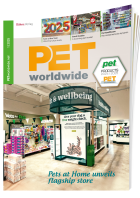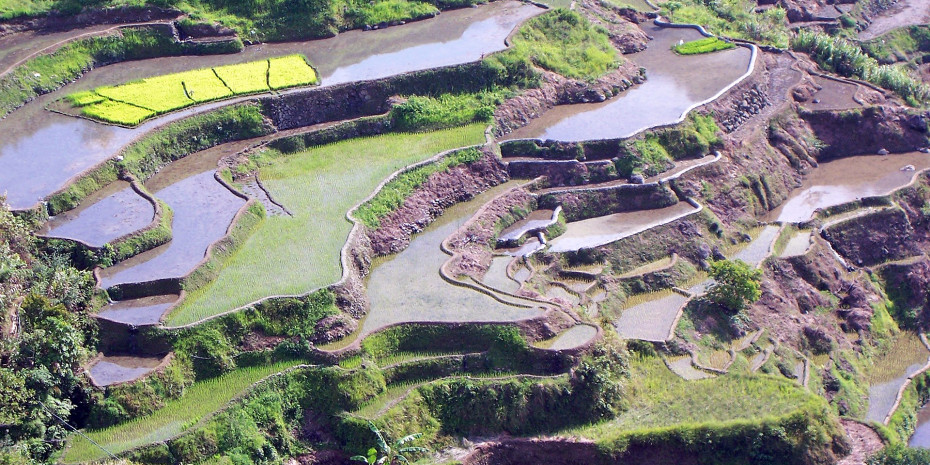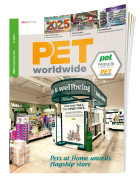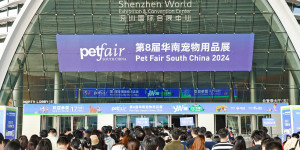Whether in the USA, Italy or South Korea, pets have become established members of the family in many households. For their owners, dogs and cats play a key role as a good friend, leisure companion, playmate and, as the coronavirus crisis has clearly demonstrated, as a source of comfort.
Because pets have a close bond with humans on account of their social adaptability, they are highly valued and in many cases fed food that is appropriate for their age and requirements, and must thus be oriented to the physiological needs of the pet. Pet food now comes in the form of grain-free, eco food, raw food, air-dried treats and many other delicacies intended to make the life of a beloved pet sweeter. Due to the considerable differences between pets in terms of body mass, temperament, coat type, gender, breed, how they are kept, age, climate, exercise etc., the energy requirements of a dog, for example, vary comparatively strongly. This means that the quantity of food must be adjusted individually and according to nutritional status. Different breeds and individual canines also vary in their tolerance of foods.
Variety of raw ingredients
These factors have spawned a huge spread of products that have now become standard in pet stores and online shops. Added to this is the desire of many pet owners to be able to offer their four-legged companion something new in the food dish every so often. As a result, the variety of ingredients needed to produce high-quality pet food is growing from one year to the next. The market for raw ingredients used in the manufacture of pet food has thus become increasingly interconnected and global, and a crisis in one country affects the entire world. This is now particularly noticeable with the coronavirus pandemic. The more special the ingredients required are and the fewer the countries that produce them, the harder it is for many companies to purchase adequate stocks for the manufacture of pet food. The familiar principle of supply and demand applies here, and it currently applies to special synthetically produced vitamins, for example, which are manufactured increasingly in China and India. The DSM Group, an important cooperation partner of the pet supplies industry, entered into a joint venture with the vitamin manufacturer Nenter last year and has since been operating some vitamin E production plants together with its partner in China.
The vitamin market is attractive and growing annually by approx. 5 per cent. This is not due primarily…

 Menü
Menü








 3/2020
3/2020












 Newsletter
Newsletter